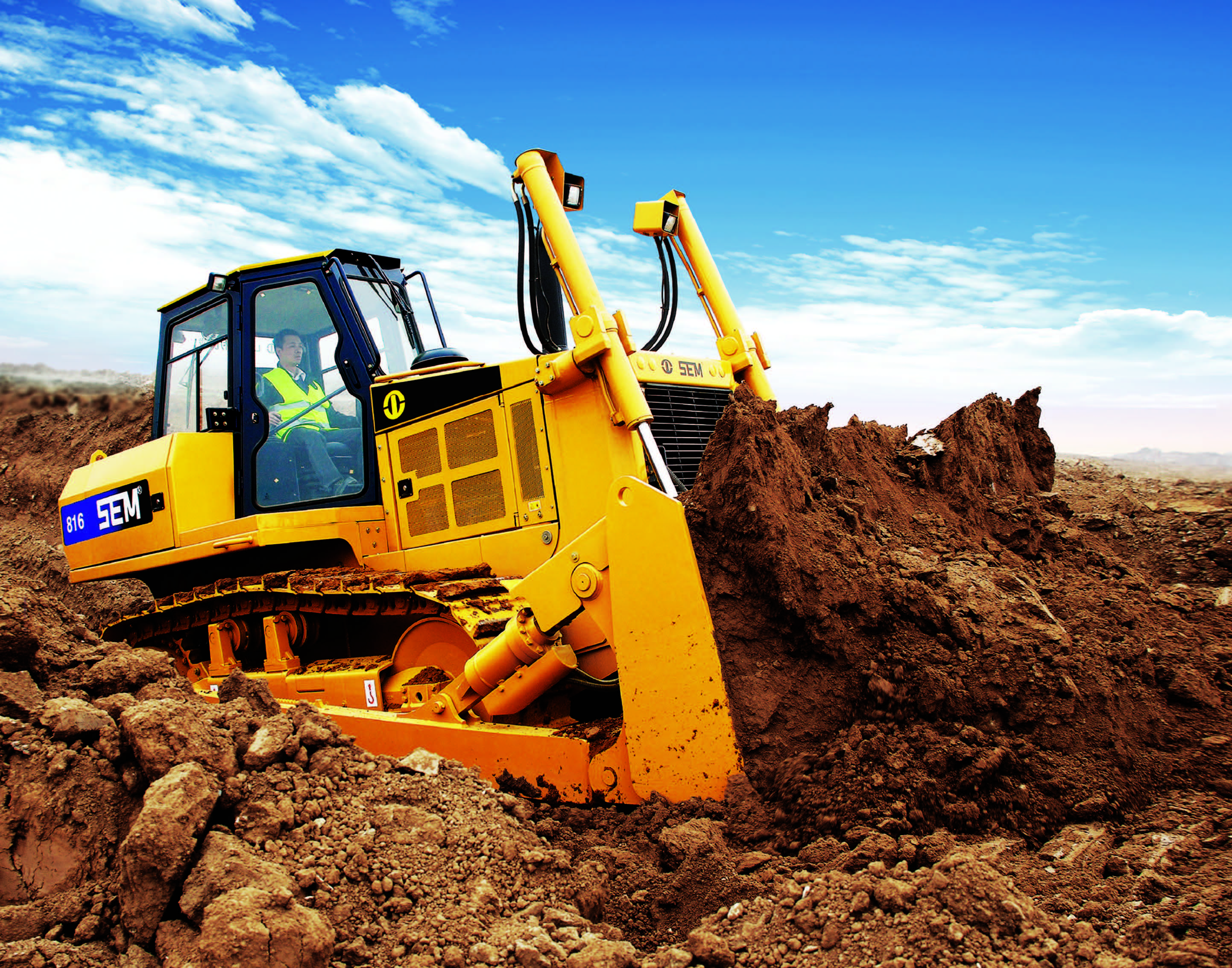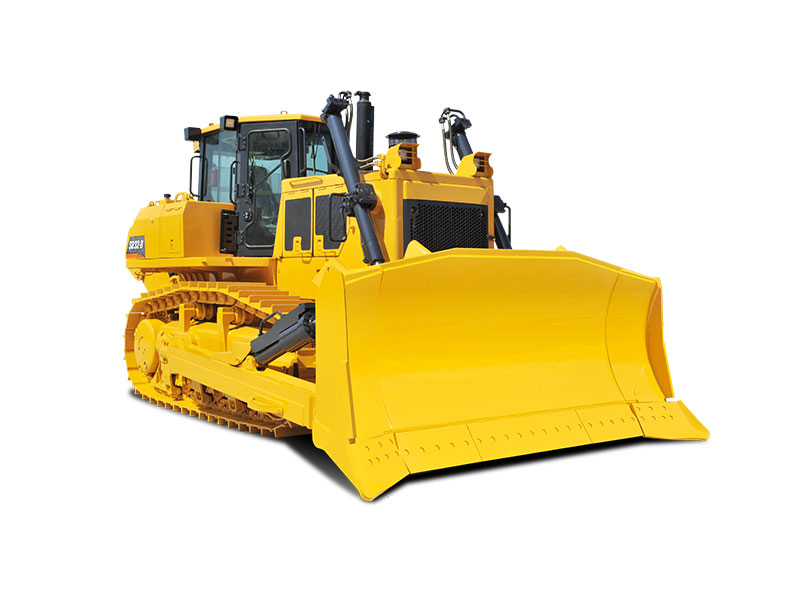Process tin electrolytic recovery of silver from anode mud byproduct metallurgical provide part of silver. Tin is an excellent collector for silver and gold. Silver and gold in tin concentrates are mostly enriched in crude tin or solder during tinning and enter the anode mud during tin electrorefining. The recovery of silver and gold from tin anode mud is mainly carried out by roasting and leaching. The main components (mass fraction ω/%) of the solder anode mud produced by the Jijiu Jijie Smelter in Yunnan, China are: Sn28~35, Ag1~2.5, Bi1~6, Cu1~5, Pb12~15, As5~9, Sb4~7. It is oxidized and calcined in a rotary kiln at a temperature of 823 to 873 K for 40 to 60 minutes to convert tin in the anode mud to SnO 2 , and arsenic is converted into a nonvolatile high-valent oxide. The copper , barium and arsenic in the calcine are leached with dilute hydrochloric acid, and the filtered acid leaching residue is used to leach the silver and lead therein with a salt solution. The acid leaching residue was leached with a solution containing 1.3 mol/L of hydrochloric acid and 300 g/L of NaCl at a temperature of 353 K and a solid-liquid ratio of 1:5.5 for 1.5 h. Silver generates NaAgCl 2 into the leachate and the reaction is: AgCl+NaCl=NaAgCl 2 The leaching rate of silver is 91.3% to 98.5%. The leaching residue is a tin concentrate. The silver-containing leachate is replaced by a lead plate to obtain a sponge silver: 2NaAgCl 2 +Pb=Na 2 PbCl 4 +2Ag↓ The replacement temperature was 353 K, and the solution contained 0.13 mol/L of hydrochloric acid. The purity of the sponge silver after washing with dilute hydrochloric acid is 95% to 98%. Then send silver refining. The direct recovery rate of silver in the whole hydrometallurgical treatment process is 93% to 97%, and the total recovery rate is up to 99%. The tin anode mud produced by the Guangzhou Smelter in China contains 0.6% silver, 30% tin and copper, bismuth, antimony and arsenic. It is first boiled in a solution containing 15% hydrochloric acid for 2 hours to dissolve tin, antimony, copper and antimony. Silver remains in the dissolution slag. The leaching residue is mixed with 40% sodium carbonate and 4% sodium nitrate, and then calcined at a temperature of 973 to 1023 K. The calcined water is first boiled to remove arsenic, and then the boiled slag is leached with sulfuric acid, and the silver in the leaching solution is precipitated with sodium chloride. . The precipitated silver chloride is further reduced by ammonia complexation and hydrazine hydrate to obtain silver powder with a purity of 98.2% to 99.2% (see silver refining), and the direct yield of silver is 76% to 83.7%.
Caterpillar bulldozer can excavate, transport and dispose rock and soil engineering machinery. It is widely used in open-pit mines. A bulldozer, for example, is used to build a dirt dump, level off a car dump, stack scattered rocks, level work platters and build sites. It is not only used for auxiliary work, but also for major mining work. Crawler Bulldozer has large adhesion traction, low ground ratio pressure (0.04 -- 0.13MPa), and strong climbing ability.The tracks give them excellent ground holding capability and mobility through very rough terrain.Because of these attributes, bulldozers are often used in road building, construction, mining, forestry, land clearing, infrastructure development, and any other projects requiring highly mobile, powerful, and stable earth-moving equipment.
Crawler Bulldozer Crawler Bulldozer,Hydraulic Crawler Bulldozer,Small Bulldozer,Mini Crawler Bulldozer HONG KONG KAIDE MACHINERY LIMITED , https://www.cat-semmachinery.com
The bulldozer with different power is suitable for different working conditions and we divide it into 160HP,180HP,220HP and 320HP.


Tin anode slime silver
